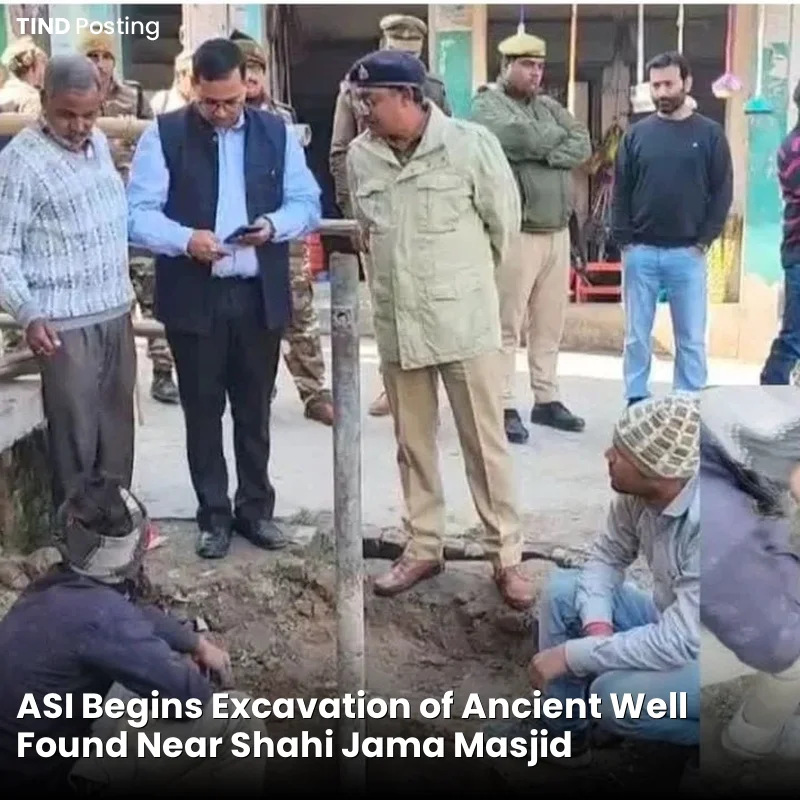Archaeologists from the Archaeological Survey of India (ASI) recently visited Sambhal, a city in Uttar Pradesh, to study the Jama Masjid and an old well located on its grounds. The team’s visit, which occurred on a specific day, was part of an effort to learn more about the history of these structures. The archaeologists spent several hours carefully examining the buildings, taking detailed notes, and recording measurements. This thorough investigation aims to reveal significant information about the past.
The Jama Masjid is a well-known religious building that has prompted local conversations. The ASI’s investigation is a vital step toward figuring out its age and how it was constructed. Furthermore, the team closely inspected the nearby well, which is thought to be even older. “We are here to assess the historical value of the site,” stated an ASI team member, highlighting the need for precise observation. They used special equipment to find out the age of the materials and to see if there were any hidden remains or foundations beneath the surface.
This investigation is likely to be very important for the future upkeep of the mosque and the well. The ASI team’s report is expected to provide essential information that will help guide any preservation efforts in the future. This careful survey is a key part of documenting and protecting local heritage for future generations. Moreover, this event is one of several similar inspections taking place in other areas, showing a larger government focus on preserving historical sites across the region.
